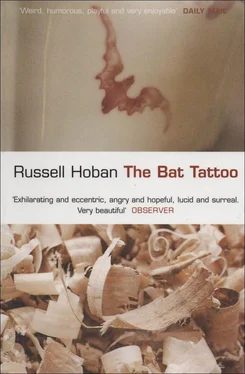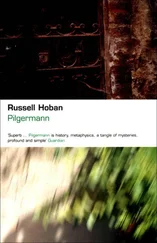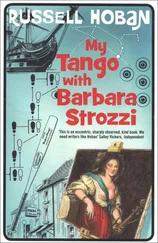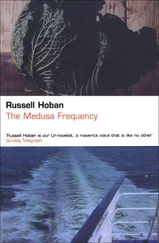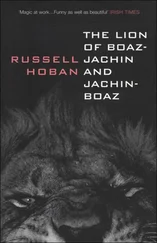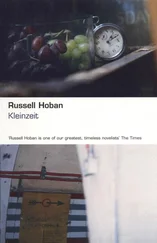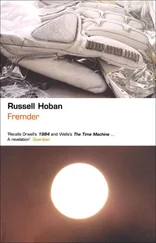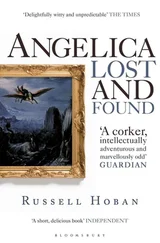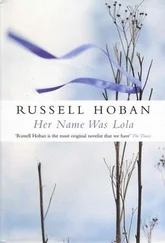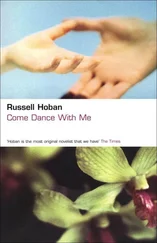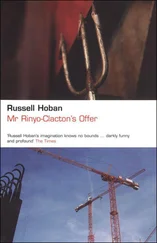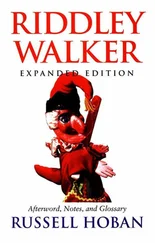A slowly moving procession of eyes met, again and again across the centuries, the eyes of lute players, courtesans and low life, Christ and the Virgin, the penitent Magdalene, and a variety of saints and Old Testament figures. The modernity of the faces was startling — I’ve seen Caravaggio’s gypsy fortune-teller at the cashier’s window in Lloyds, d’ Arpino’s Virgin reading the Sun on the District Line, Gentileschi’s St Francis selling vegetables in the North End Road, and everybody’s Christs everywhere. These many faces of Christ spoke to me and asked questions but for the time being I avoided this dialogue and gave my attention to the landscapes of Paul Bril.
I was much intrigued by a small one, only thirty-two centimetres wide, oil on copper, The Campo Vaccino with a Gypsy Woman Reading a Palm . There were some good-looking Roman ruins in the foreground, middle distance, and far distance. The near ones were in shade, making as it were a proscenium through which to view the far sunlit ones. There were many people and cattle. The figures nearest the viewer were deeply shadowed; the eye moved beyond them to the gypsy, her client, and the others grouped with them, and from them to the further sunlit figures. The campo, the ruins, the trees and sky and the divisions of space, light, and shadow were the main action; the gypsy and her group gave scale and emphasis to the visual planes of near, middle, and far. The colour, although austere and restrained, had a richness about it. If I had been able to stand in the real Campo Vaccino with the ruins and figures arranged as in the picture it would not have had the peculiar charm of the painting because the visual planes would not have been so ordered, so beguilingly presented. Everything in the picture was real but Paul Bril had restaged it so that the eye and the mind of the viewer could better contain it. Yes! I thought, if I could only see my life with the light and shadow and colours of near, middle, and far, I could … What?
I smelled honeysuckle and saw Sarah Varley looking at the same picture. ‘If only reality could pull itself together like that,’ I said.
‘I wonder why it is that we like to look at architectural ruins,’ she said.
‘Maybe looking at them makes us feel that humans can outlast brick and stone.’
‘Humans can outlast all kinds of things …’ She seemed about to say more but she stopped. ‘I’ll move on,’ she said. ‘I find it difficult to adjust my viewing pace to anyone else’s.’ Off she went.
I’m a pretty fast viewer myself and sometimes I saw her nearby but I was careful not to catch up with her. She paused thoughtfully for quite a long time at a painting which I found to be, when I reached it, Artemisia Gentileschi’s Judith Beheading Holofernes . However dirty the job, it had fallen to Judith to do it and she was equal to it; from the expression on her face you might have thought she was filleting herring.
I liked Leonard Bramer’s little oil-on-copper The Fall of Simon Magus . A horse and an idle spectator occupied the foreground; beyond them was Peter with a halo, kneeling and putting the whammy on Simon while, some little distance away, Nero watched from his throne. Simon Magus, falling through the dark air above them, his garments fluttering about him, was the smallest person in the picture. Well, he had ideas above his station so what could he expect?
‘What an embarrassing comedown for poor old Simon Magus,’ said an American accent to my right. It was Peter Diggs, a painter who teaches at the Royal College of Art. He lives close by in Fulham and we bump into each other from time to time.
‘No one seems to be taking much notice,’ I said. ‘He probably thought he was the main character in this scene but he’s quite small in the overall picture.’
‘Aren’t we all?’
‘Yes, but sometimes we’re smaller than other times.’
He raised his eyebrows at that, then looked at his watch. ‘Got time for a coffee after this?’
‘Yes.’ We went along pretty quickly and were soon in Gallery 8 and the last part of the exhibition. We did the room clockwise, and so came to Caravaggio’s The Madonna di Loreto before the last wall and his The Entombment . The humble pilgrim couple with dirty bare feet, kneeling at the door with hands clasped prayerfully, looked up at the Virgin with the Child in her arms. ‘Just imagine,’ I said, ‘making that pilgrimage to the Virgin and having her answer the door.’
‘Her name was Lena. According to one of my books she sat for Caravaggio so often that a notary called Pasqualone became jealous; Caravaggio wounded him in a duel or a fight of some kind and had to get out of Rome so he went to Genoa.’
‘With Lena?’
‘I don’t think so; the book doesn’t say.’
‘She looks like a woman men might fight over. I wonder if being the Virgin in that painting had any effect on her life; I wonder how she felt about it as she got older.’
‘You think, maybe years later, she’d go to the church where the picture was hanging and tell people, “That’s me, that’s how I used to look.’”
I thought she might have done that. ‘And after all,’ I said, ‘she used to be a virgin too.’
‘Up to a point, certainly.’
Now we were stood in front of The Entombment . Through the galleries I had seen Christ taken by soldiers, mocked, crowned with thorns, shown to the populace, and crucified. His face and body had changed from one painter to the next and even Caravaggio’s Christs differed one from the other, but now all these images had mingled and precipitated this heavy mortal residue of the dead Christ being lowered on to a stone slab. His mouth was open, holding a silence.
I needed to be alone after that but I’d said I’d have coffee with Peter so I did. The ground-floor restaurant murmured and clattered around us; the lamps accentuated the dimming of the winter afternoon beyond the windows. ‘You’re very quiet,’ said Peter. ‘I think I’ve come between you and your thoughts.’
‘That’s all right,’ I said. ‘They won’t go away. How’s your work going?’
‘Nothing much happening at the moment. My paintings used to come from an emptiness in me; now I’ve lost that empty space.’
‘How did you lose it?’
‘It got filled up with Amaryllis.’
‘Worse things could happen.’
‘Oh, I’m not complaining — I’m happier than I’ve ever been; it’s just that I feel a little strange, like when you come out of a cinema into bright sunlight.’
‘Maybe you need mental dark glasses.’
‘I’ll work on that. There’s Seamus Flannery.’ He waved to a man carrying a tray. ‘Seamus!’ he said. ‘Come and sit with us.’
Seamus was a pleasant-looking man, bald and somewhat portly. I guessed him to be a few years older than I. He said, ‘Hi,’ put his coffee and scone on the table, got rid of his tray, and shook hands with me while Peter introduced us. ‘That’s some exhibition,’ he said. ‘I’ll have to come back two or three more times.’
‘Harold would have been here every day making notes,’ said Peter. ‘Harold Klein,’ he said to me, ‘an art historian friend of ours who died two years ago.’
‘Of a 14 bus,’ said Seamus.
‘“Of a 14 bus”?’ I said.
‘He stepped in front of it,’ said Seamus. ‘He and the 14 had a very complex relationship.’
I shook my head in condolence and also to express that there was nowt so queer as folk.
‘As I was looking at the paintings,’ said Seamus, ‘I was thinking of things to say to Harold but there isn’t any Harold any more. I wonder if you ever get used to that kind of thing.’
‘After a while it stops,’ I said, ‘and you just shake your head from time to time when you think of how all the days and nights of that person are gone out of the world; what they did, what they said — all gone.’
Читать дальше
